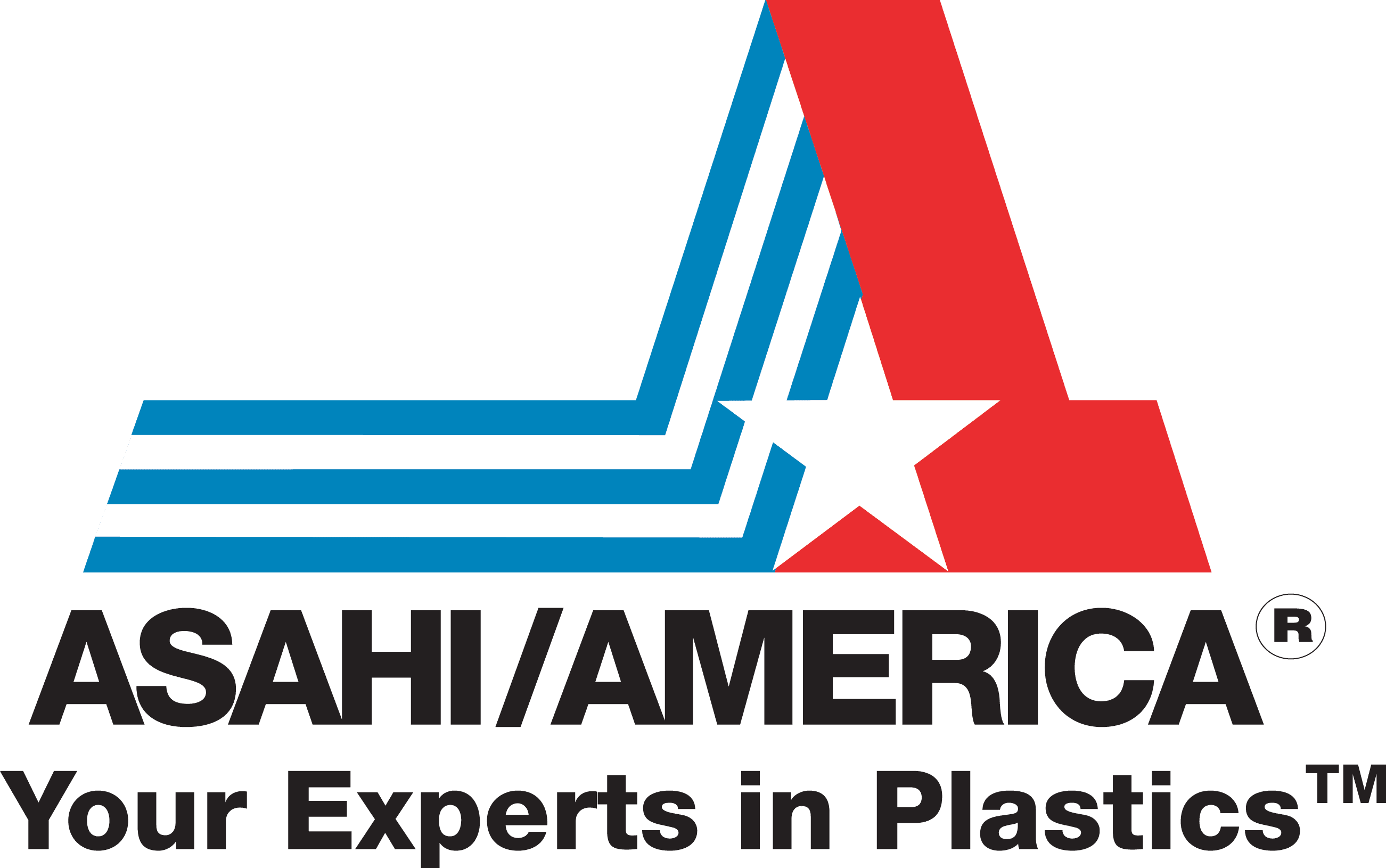
May 1, 2024
Inner Circle
Polymers 102: Preventing Polymer UV Degradation
Contributed by Josh Goldberg, Business Development Manager (Automotive, Chemical, and Mining)
In the world of polymers (with the exception of fluoropolymers), UV and oxygen can be detrimental to a material’s stability. Whether using polyvinyls, like PVC or CPVC or polyolefins like PE or PP, both material types can be subject to UV and oxidative breakdown. Formulators take great care to put additives in most thermoplastics that help prevent UV degradation in pipes over time, so let’s examine what is happening with the pipe materials and what is used in the industry to preserve them for longer periods of time.
First, it would be helpful to look at how a polymer breaks down in this reaction. Note that this section is a little “chemistry” heavy, but I will walk you through it (PE = polymer, H = hydrogen, O = oxygen, * = free radical):
PE* + H*
PE-O-O*
Note: The oxygen now attaches to the polymer and becomes a VERY reactive free radical.
PE-O-O* + PE-H PE* + PE-O-OH
Note: The free radical oxygen now attacks fresh polymer, generating a fresh free radical surface on the polymer. Additionally, the original free radical oxygen surface is now an unstable peroxide.
The peroxide surface now generates more free radicals in a series of reactions that I won’t go into detail about here (we can only take so much chemistry in one article). Instead, we will skip to the end and show that, eventually, the polymer breaks down into the following:
PE-OH + O2
The polymer with the OH group above can then further react to create esters, lactones, and ketones.
The degradation reaction can happen with any polymer, including PE, PP, PVC, and CPVC. A similar reaction can also occur with cross-linked material like PEX. Essentially, if the polymer contains hydrogen atoms (and is not saturated with fluorine, as in the case of fluoropolymers), then it can undergo this reaction under normal environmental conditions.
Luckily, formulators have several choices in their “toolbox” that they can use to minimize the damage that UV can do to a bulk material. One of the most cost-effective ways to minimize UV damage is by using a filler. Fillers like carbon black and titanium dioxide (TiO2) are typically used since they are the most cost-effective. Studies have shown that carbon black can keep any damage to the material within around 50μm into the surface. If the damages remain that shallow, UV does not affect the bulk properties of the polymer, though, and will typically only manifest as a “chalky” appearance on the material’s surface over time.
However, more crystalline materials like PP and PVDF cannot use fillers. These materials rely on crystalline growth to give them superior properties. Bulky fillers hinder crystalline growth, so they are typically not used for these materials. Instead, they will utilize a combination of different types of antioxidants that will typically provide the hydrogens necessary for the above reactions. The reactivity of the additives varies, giving the materials short- and long-term UV stability, but they all, unfortunately, will eventually run out of hydrogens, and the polymer itself will start the UV degradation reaction. Under normal environmental conditions, though, this won’t happen for decades and will last through the expected lifetime of a pipe.
In addition to internal additives, some steps can be taken after a pipe installation to minimize the effects of UV and heat on pipe materials. First and foremost, avoid direct UV exposure. This means that if it is an outdoor application, something as simple as burying the pipe can greatly protect it from UV. If burying is not an option, then a flexible opaque or insulating wrap would also offer UV protection. Indoor lighting can also be a source of UV depending on the lighting system type and age, but not at the same intensity as the sun, so UV damage can take much longer to manifest. So, providing protection from direct UV indoors or outdoors never hurts.
If you want to learn more about the materials that make up the pipes and valves used in chemical and wastewater applications, please contact Josh Goldberg at [email protected] to set up a Lunch & Learn.
EDITOR’S NOTICE: Please note, the information in this article is for educational purposes only and does not supersede any Asahi/America technical information or product specifications. Please consult Asahi/America’s technical department at 1-800-343-3618 or [email protected] on all product applications in regards to material selection based on the pressure, temperature, environmental factors, chemical, media, application, and more.
